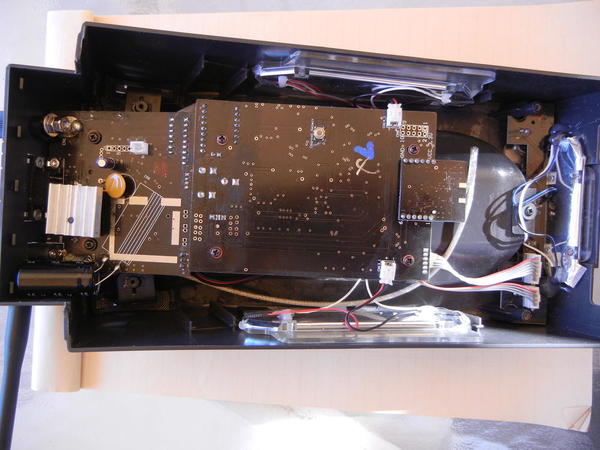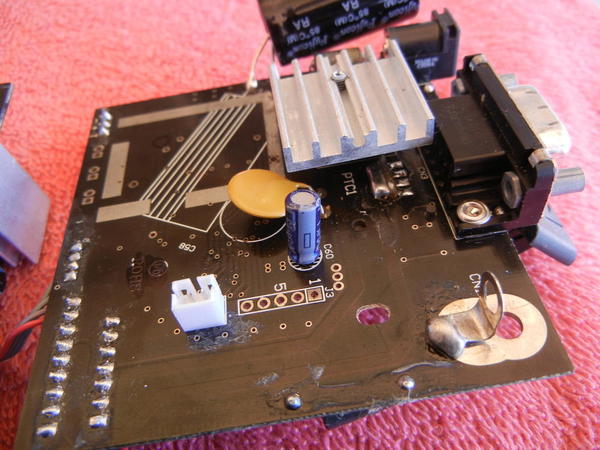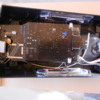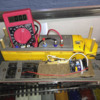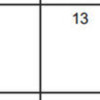I have owned my Legacy base for nearly 4 years. I tried hooking it up when I first got it, and all my trains ran away, an indication that they were getting no command signal and waking up in conventional with 18 V on the rails.
I thought I would be brave (and smart) today and give it another shot. I still want and need my TMCC base for my Cab-1's. No biggie, use the "Y" cable.
Just to show everyone how I hooked it up, and that I have the correct ends in the right places, I took pictures. Then I shot a short video to show what happened.
Here's the Legacy base with the layout connected to the U terminal, and the correct cable end plugged in.
Here's my trusty dusty TMCC base with the correct cable end, and no U terminal connection.
Here's the unused serial end. Eventually that will go into my computer which will issue commands to the trains.
Because there are a lot of engines on the track on the upper deck, I unplugged the power supplies that feed the upper deck. Trains on the lower deck are already on isolated tracks.
I shot this short video of what happened when I turned the power on. At 8 seconds in I flip the layout power on. The TC&W engine starts grinding away, pushing on the BNSF. Lights come on, on a number of other engines. At 18 seconds, the power goes off to the rails, and all engines go quiet and dark. The way they were supposed to. Shortly after that you can see me turn off the master power switch.
Who remembers the movie Big? How did the Zoltar machine work when it was unplugged.
I'm open to suggestions here, or do I have to call Ripley?




